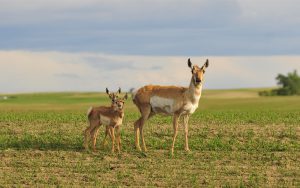
People & Culture
For the love of pronghorns
The story of a biologist’s lifelong study of an endangered species — and its future
- 3025 words
- 13 minutes
Kids
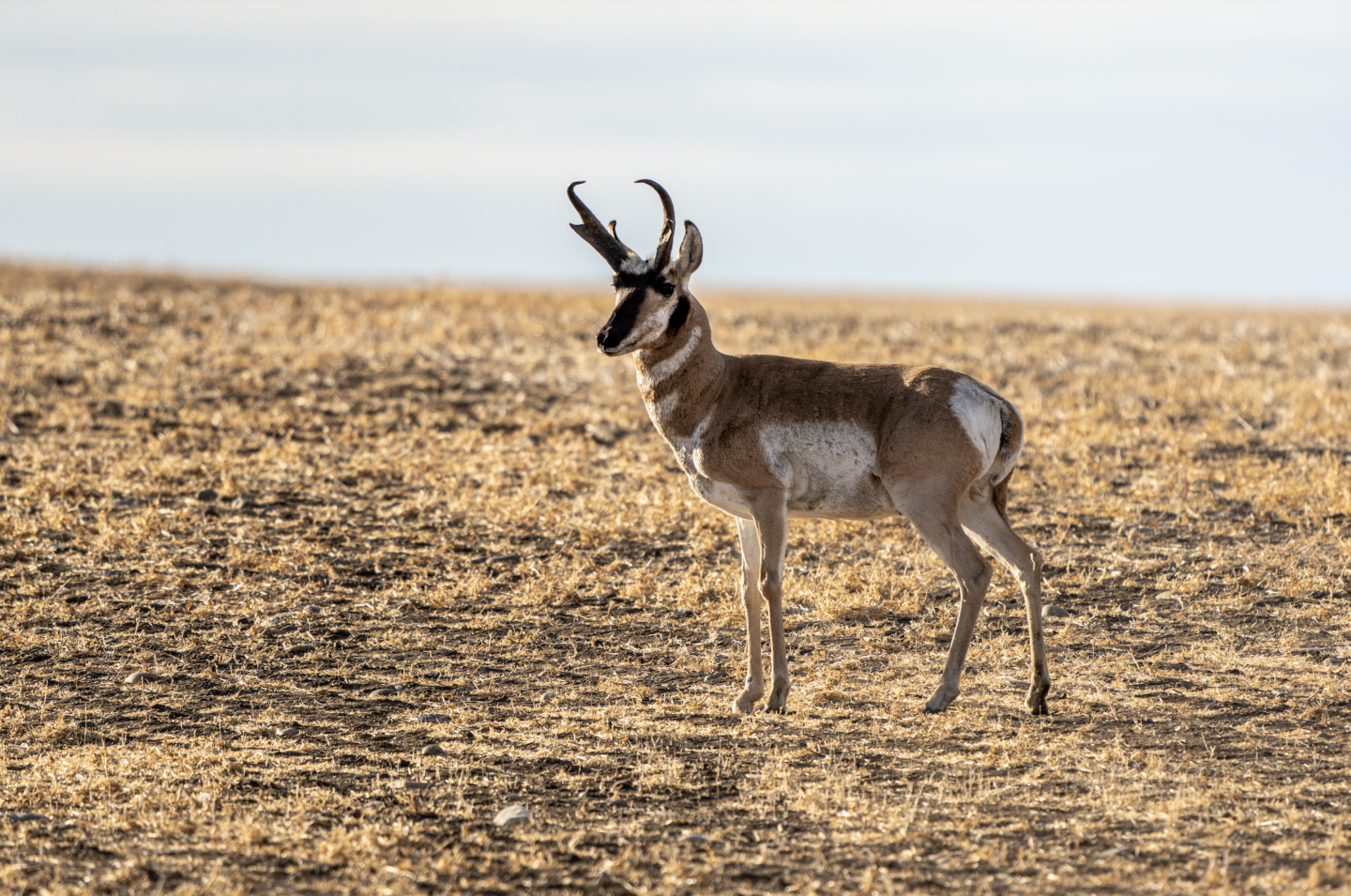
As the fastest land animal in North America, the pronghorn is a highly migratory animal that has incredible vision and can be identified by the horns on its head.
Common name: Pronghorn
Scientific name: Antilocapra americana
Type: Mammal
Diet: Herbivore
Group name: Herd, pack or band
Weight: 41 to 68 kilograms
Height: 81 to 100 centimetres (at shoulder)
COSEWIC Status: No status
The pronghorn can run at speeds of up to 92 kilometres per hour, making it the fastest land animal in North America and the second-fastest in the world after the cheetah!
Though its scientific name translates to “American antelope goat,” pronghorns are not part of the antelope family. In fact, its closest living relatives are the giraffe and the okapi. These mammals have deer-like bodies covered in short, reddish-brown fur with white patches on their cheeks, chest, belly, rump and legs. Both male and female pronghorns have horns.
Pronghorns are very adapted to life in the grasslands. They have large, protruding eyes located further back on their heads, giving them a wide field of vision with which they can spot predators, mainly coyotes, from up to six kilometres away. They are incredibly fast and efficient runners: their long, skinny legs are built for big strides, and their large hearts and lungs help bring more oxygen to their muscles, allowing them to run at sustained speeds of 50 to 70 kilometres per hour over long distances. One theory holds that pronghorns evolved to have super speed because they once shared the North American grasslands with equally fast, long-extinct predators that resembled cheetahs.
Pronghorns live in herds on the Prairies. They mate in the late summer and early fall and give birth to one or two fawns in the late spring. When the fawns are born, they are almost odourless in order to protect them from predators. At about a week old, fawns join the herd.
Pronghorns graze on grasses, forbs (a type of flowering plant), sagebrush and other small plants on the Prairies.
Pronghorns roam the Great Plains of North America and northern Mexico. In Canada, they reside in southwestern Saskatchewan and southeastern Alberta. While they are capable of jumping, pronghorns never evolved to jump over fences, such as those now common throughout the grasslands. They usually try to crawl under them, which slows them down and gives predators a chance to catch up. Scientists are now working with ranchers to create fences that pronghorns can crawl under.
Are you passionate about Canadian geography?
You can support Canadian Geographic in 3 ways:

People & Culture
The story of a biologist’s lifelong study of an endangered species — and its future
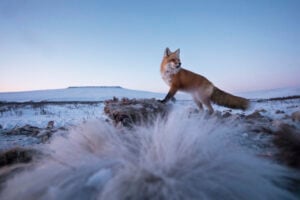
Wildlife
Wildlife photographers on the thrill of the chase — and the importance of setting ethical guidelines
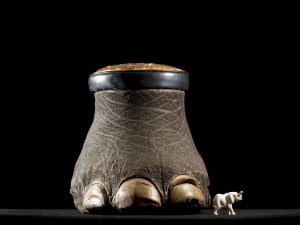
Wildlife
An estimated annual $175-billion business, the illegal trade in wildlife is the world’s fourth-largest criminal enterprise. It stands to radically alter the animal kingdom.
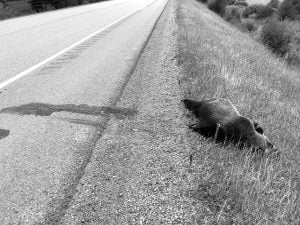
Wildlife
This past summer an ambitious wildlife under/overpass system broke ground in B.C. on a deadly stretch of highway just west of the Alberta border. Here’s how it happened.